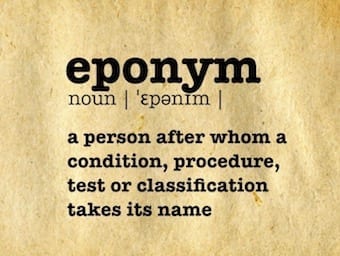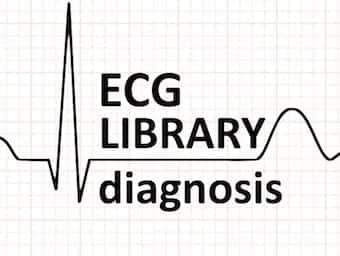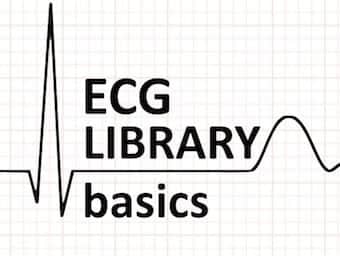
Adult CXR Cases 008
June 2020 Adult Emergency Medicine Chest X-ray interpretation with Alyssa Thomas MD, Claire Milam MD and Travis Barlock MD

June 2020 Adult Emergency Medicine Chest X-ray interpretation with Alyssa Thomas MD, Claire Milam MD and Travis Barlock MD

Adolf Weil (1848-1916) was a German physician. Eponymous affiliation with Weil disease (1886); discovery of an alpha-amino acid known as norleucine 1913

Gladys Rowena Henry Dick (1881 - 1963) was an American physician, pathologist and vaccinologist. Dick test (1924) in scarlet fever

John Hay (1873-1959) English physician first to record second degree atrioventricular (AV) block now better known as Mobitz type II AV block

Karel Frederik Wenckebach (1864-1940) Dutch physician. Eponymously affiliated with Wenckebach block (Mobitz type I AV block).

Luigi Luciani (1840 – 1919) was an Italian neuroscientist. discovery referring to the phenomena as ‘Luciani periods‘ (Wenckebach AV block)

Francis Rynd (1801 – 1861) was an Irish physician. Arguably the inventor of the hypodermic needle, performing and recording the results of the first hypodermic injection on June 3rd 1844.

Wellens syndrome - learn how to recognise this sign of critical LAD occlusion, with some great ECG examples from the LITFL ECG library

Ventricular fibrillation (VF) is the the most important shockable cardiac arrest rhythm. It is invariably fatal unless advanced life support is rapidly instituted

Familial arrhythmogenic disease associated with paroxysmal atrial and ventricular fibrillation, syncope and sudden cardiac death

ECG features, aetiology and list of causes of right axis deviation (RAD) Hexaxial reference system QRS axis between +90° and + 180°

The ECG changes associated with acute pulmonary embolism may be seen in any condition that causes acute pulmonary hypertension, including hypoxia causing pulmonary hypoxic vasoconstriction.